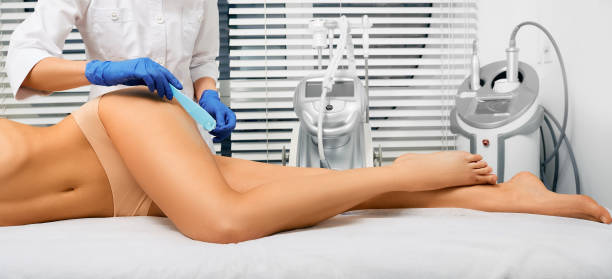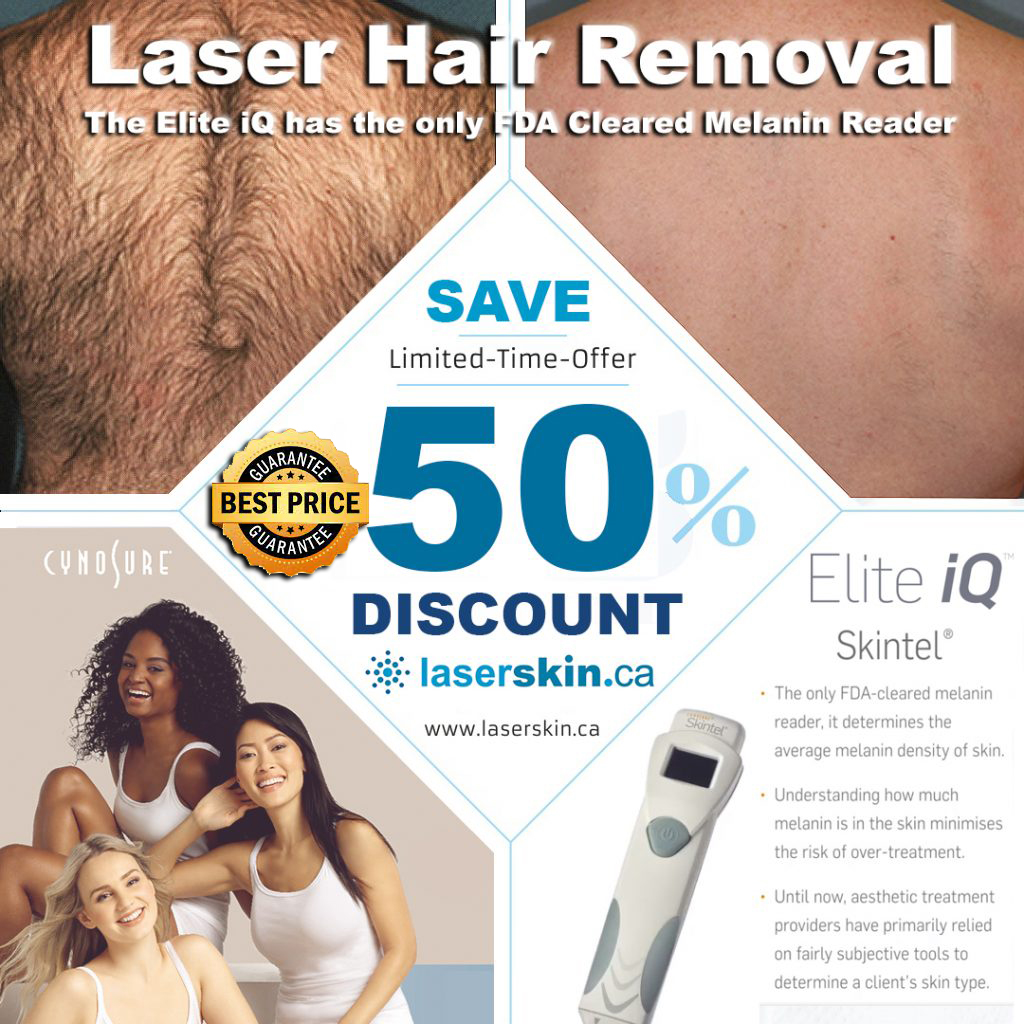Table of Contents
Numbing Cream For Laser Hair Removal
Numbing cream is often used during laser hair removal. The key to selecting a good laser hair removal numbing cream is to choose one that works immediately. Some numbing creams contain chemical “drivers” that aid in the quick penetration of active pharmaceutical ingredients (APIs), such as lidocaine, into the skin to produce the numbing effect.
Another feature to look for in laser hair removal numbing creams is the consistency of the substance. A smooth, homogeneous, and consistent numbing cream administered before surgery will result in a better patient experience. Some anesthetic creams have a gritty, greasy, chalky, or flaky residue. This residue not only makes the patient less comfortable, but it also makes it more difficult for medical providers to administer and remove the cream before surgery.
Is Laser Hair Removal Expensive?
Patients frequently describe the sensation of having many rubber bands snap against their skin when being treated with a hair removal laser. Some people live with the discomfort, while others prefer some form of topical pain treatment. Clinicians will often choose to administer a numbing cream to the treatment region 15-25 minutes before any laser hair removal operation to keep the majority of their patients pleased.
Lidocaine Topical for Laser Hair Removal
Lidocaine hydrochloride (formerly known as lignocaine hydrochloride in the UK) is a popular active component in laser hair removal numbing lotions. Many medical and cosmetic treatments employ topical lidocaine to numb regions that would otherwise be painful.
The activation of pain receptors at the terminals of nerves causes pain. The stimulation induces sodium to enter the nerve ending, resulting in the formation of an electrical signal in the neuron. When this electrical signal becomes strong enough, it travels along the nerve to the brain, which is perceived as pain. Topical lidocaine works by temporarily inhibiting nerve conduction around its application site, resulting in a temporary lack of feeling in a specific area.
Reduced nerve cell membrane permeability to sodium ions limits nerve impulse transmission, potentially by competing with calcium-binding sites that modulate sodium permeability. This shift in permeability causes lower depolarization and an elevated excitability threshold, which eventually precludes the formation of the nerve action potential.
Numbing Cream Safety and Efficacy Lidocaine cream for cosmetic operations is squeezed out of the tube onto the brush.
The finest skin numbing cream for laser hair removal has a quick onset, is safe and effective, and comes in sterile, single-use packages. The skin-numbing cream must have a short beginning so that patients and physicians do not have to wait 30-60 minutes for the medication to take effect. The numbing cream should start acting after 10-15 minutes.
From a safety aspect, the longer a numbing cream stays on the skin before working, the more likely it is that too many active components (lidocaine, benzocaine, and tetracaine) may enter the bloodstream, endangering the patient’s health.
Some active components penetrate the nerves when you apply numbing cream to the skin. Skin penetration enhancers, also known as “drivers,” should be included in the best skin-numbing solutions for laser hair removal operations to enable the active component (lidocaine, benzocaine, and tetracaine) to reach the patient’s skin in the maximum concentrations feasible.
These drivers act by temporarily increasing the skin’s permeability. This implies that the skin adapts to absorb the active chemicals, allowing them to reach the nerves and provide the desired numbing effect.
The Dangers of Numbing Cream for Laser Hair Removal
It is critical to avoid using topical lidocaine and other numbing lotions during laser hair removal operations. These numbing creams are potent drugs that must be used correctly and by dose instructions. There is a danger of potentially significant adverse outcomes when administered in substantial doses, on vast surface areas, or for extended periods, particularly under occlusive dressing (harmful side effects).
This applies to ALL laser hair removal topical lidocaine products!
Adverse effects are mainly induced by high plasma concentrations of topical anesthetics, which are generated by excessive exposure from application to abraded or torn skin. The following are some of the possible side effects:
- Localized burning or stinging may occur near the administration site.
- Oral viscous lidocaine can induce systemic toxicity, mainly when used repeatedly in infants or toddlers.
- CNS: High plasma concentrations initially stimulate the CNS (including convulsions), followed by CNS depression (including respiratory arrest). In certain people, the CNS stimulatory effect may be missing, especially when amides (e.g., tetracaine) are given. Epinephrine-containing solutions may enhance the stimulatory impact on the CNS.
- High plasma levels often depress the heart, resulting in arrhythmias, bradycardia, cardiovascular collapse, hypotension, , and cardiac arrest. Epinephrine-containing local anesthetics can induce hypertension, tachycardia, and angina.
- Topical lidocaine for laser hair removal products is well tolerated, as indicated. Always use it appropriately to reduce the risk of adverse effects.
50% LASER HAIR REMOVAL PRICING CLICK HERE



